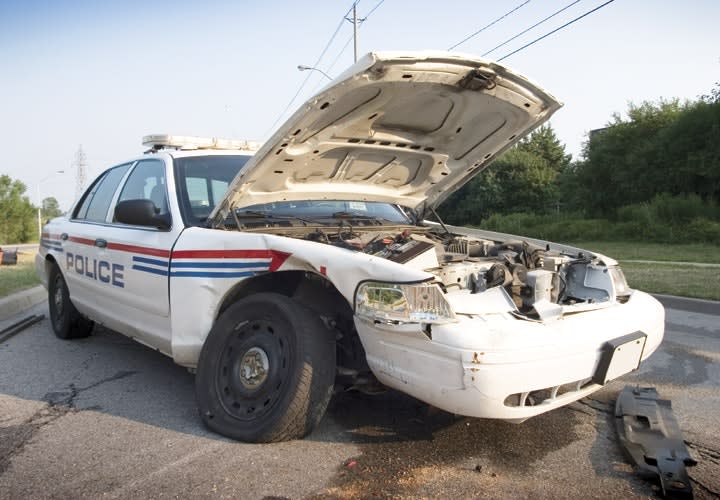In-car computers are useful tools in law enforcement and public safety. They work great when you are not distracted and have time to read the information on the screen that is being sent to you. Computers are also useful when you want to conduct records checks on vehicles and individuals that you encounter.
In-car computer deployment was intended to make the job of a modern law enforcement officer easier in conjunction with other tools in the car. But it also created several safety concerns.
The people who first thought of adding computer displays to the cockpits of patrol cars probably thought they would be used by the passenger officer in two-officer units. Sadly, very few agencies now use two officers in a patrol unit, so the computer is read by the driver and that can lead to deadly multi-tasking.
We have statutes in many states against distracted driving, including texting while driving, talking on a cell phone, and other technological multi-tasking. So given the prevalence of in-car computers in patrol cars and how they are often used by an officer who is driving, we have to ask if the rules governing distracted driving apply to police officers as well as the public.
You may think that distracted driving laws are not your concern because after all, your job requires you to monitor that computer display. But if you are sued for causing a crash and you were glancing at the computer at the time, you can bet that plaintiff's attorney will argue that you were distracted, and your agency will be on the hook for a big judgment.












